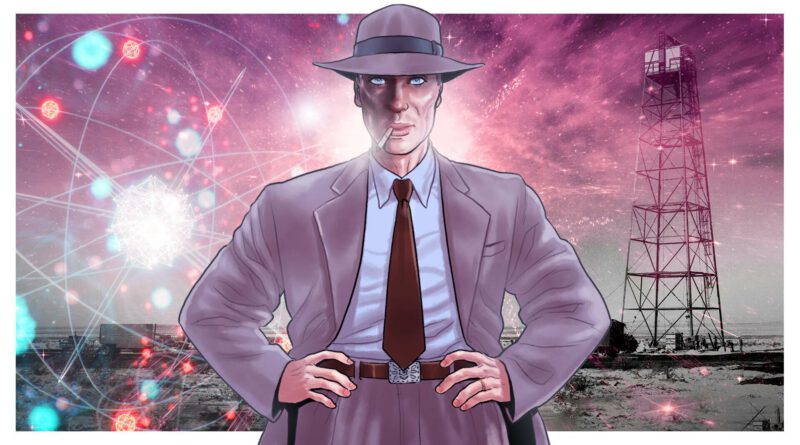How Oppenheimer beat the Nazis
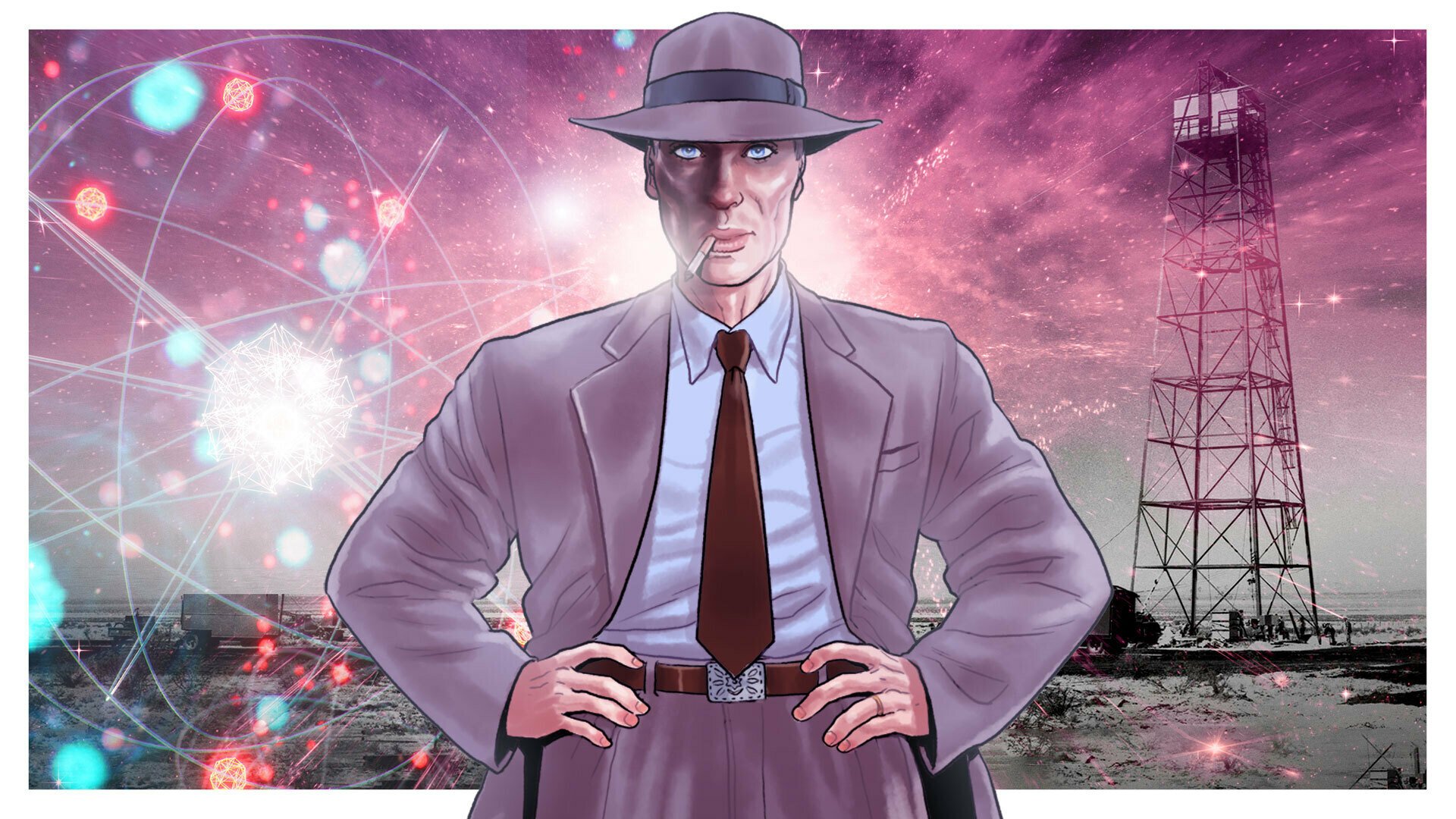
In Nazi Germany in 1938, scientists achieved the remarkable: they split an atom.
When physicists at Princeton heard the news, they became a “stirred-up ant heap.” Beyond the buzz of the discovery, other repercussions became quickly apparent: Not only did this event, called nuclear fission, create two smaller atoms, but breaking these powerful atomic bonds released a relatively enormous amount of energy. Scaled up, this could mean an atomic bomb.
Government gears started churning. Just months later, in April 1939, the German nuclear weapons program, Uranverein, began, which employed brilliant minds like Werner Heisenberg, a genius theoretical physicist. By August, Albert Einstein sent a letter to President Franklin Roosevelt, urging the nation’s leader to “speed up” atomic research; he concluded the message by noting the Nazis had taken control of uranium mines in then-Czechoslovakia, and had ceased selling the valuable fissile material.
The secretive United States’ effort to design and build an atomic bomb – led by the charismatic and already renowned physicist J. Robert Oppenheimer at the Los Alamos laboratory – didn’t kick into high gear until early 1943. By 1945, the U.S., propelled by its industrial and scientific might, had successfully built, tested, and deployed atomic bombs. Yet by that same time, the Nazis were still years behind; they had no bomb, and still struggled to generate the atomic chain reaction needed for such a dreadful weapon.
It turns out the Nazis were never ahead. But the U.S. was continually afraid they could be.
“There was this great fear.”
“There was this great fear,” Mark Walker, a historian of modern German history and its nuclear ambitions, told Mashable. “It might be true that the Germans were ahead. And that’s enough to drive them forward.”
The U.S. eventually drove hard. Oppenheimer oversaw a nexus of many of the nation’s finest physicists. The Army built Los Alamos atop a remote plateau in the New Mexico desert, far away from any snooping eyes, and easy to secure. From 1943 to 1945, the bustling atomic lab made history. At the same time, it didn’t exist.
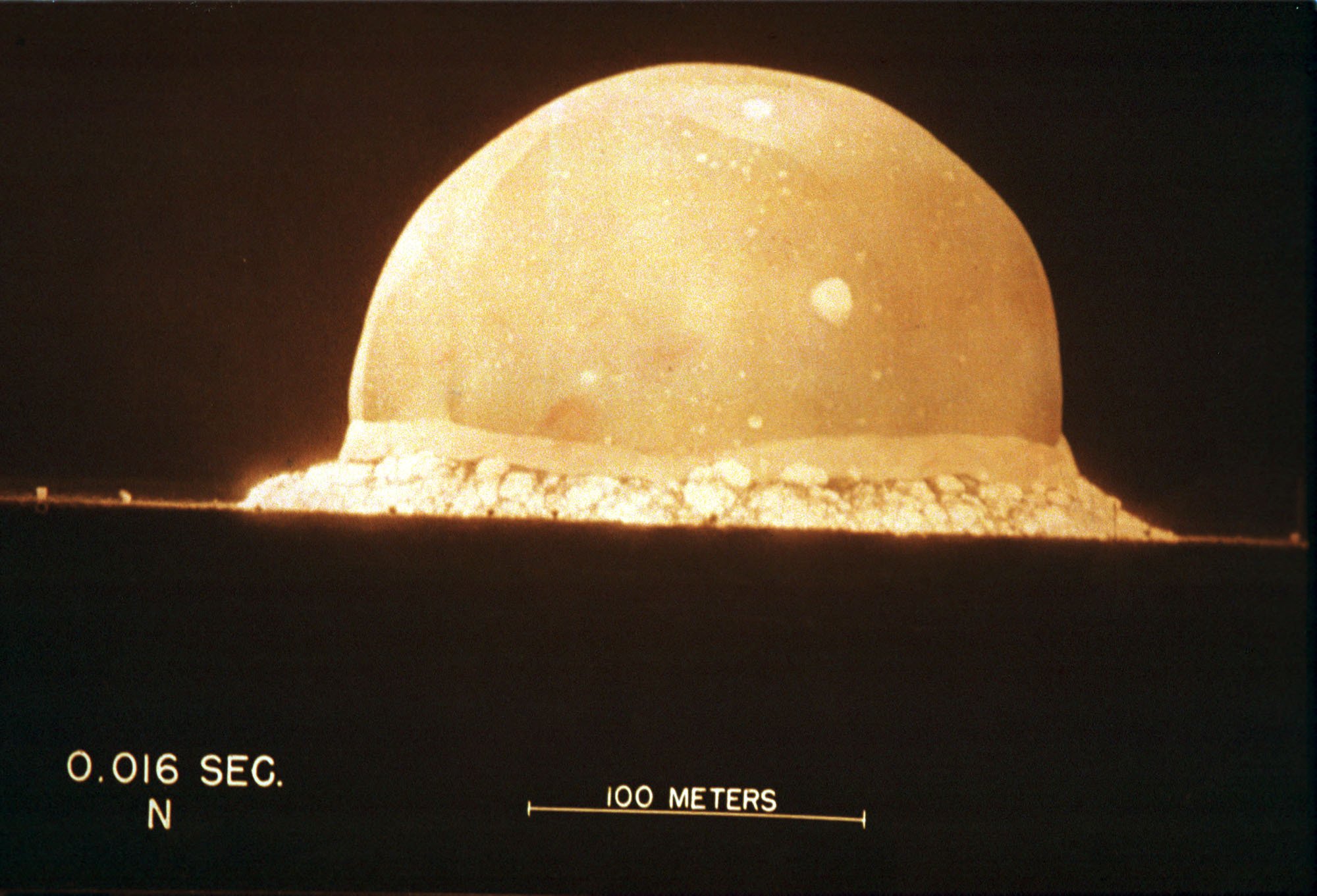
The warring Nazis couldn’t rival U.S. abilities
The Nazi’s hyper-warring hamstrung their atomic bomb progress.
Although German scientists first discovered nuclear fusion, Nazis used conventional weapons to crush neighboring countries between 1939 and 1941. Called Blitzkrieg, or “lightning war,” the Nazis strategically attacked with surprise and speed to blast through overwhelmed armies, using a potent combination of infantry, tanks, vehicles, and bombing planes. “The Germans were doing very well. Germany didn’t need powerful new weapons,” Walker, a professor at Union College, explained. “It would knock one country off after another.”
Then, things changed.
By late 1941, the Soviet Union, after sustaining a horrifying 4 million deaths from the Nazis, countered. A years-long battle would ensue. And the Nazis were now fighting the Soviet Union, Britain, and the United States. This would be no lightning war. In 1942, the German army asked its atomic scientists for a timetable on when an atomic bomb might be ready, but learned that creating the material for a bomb would take an enormous industrial mobilization of now-limited resources. The hard truth: no bomb could help the Nazi war now. Research to create fissile material for a bomb continued, but at a small laboratory scale. Instead, the German military focused brainpower and materials on producing jet planes and rockets to try and gain a technological battle advantage.
“It was crystal clear that it was impossible for Germany to make atomic weapons during the war,” Walker said. “They were already stretched to the limit.”
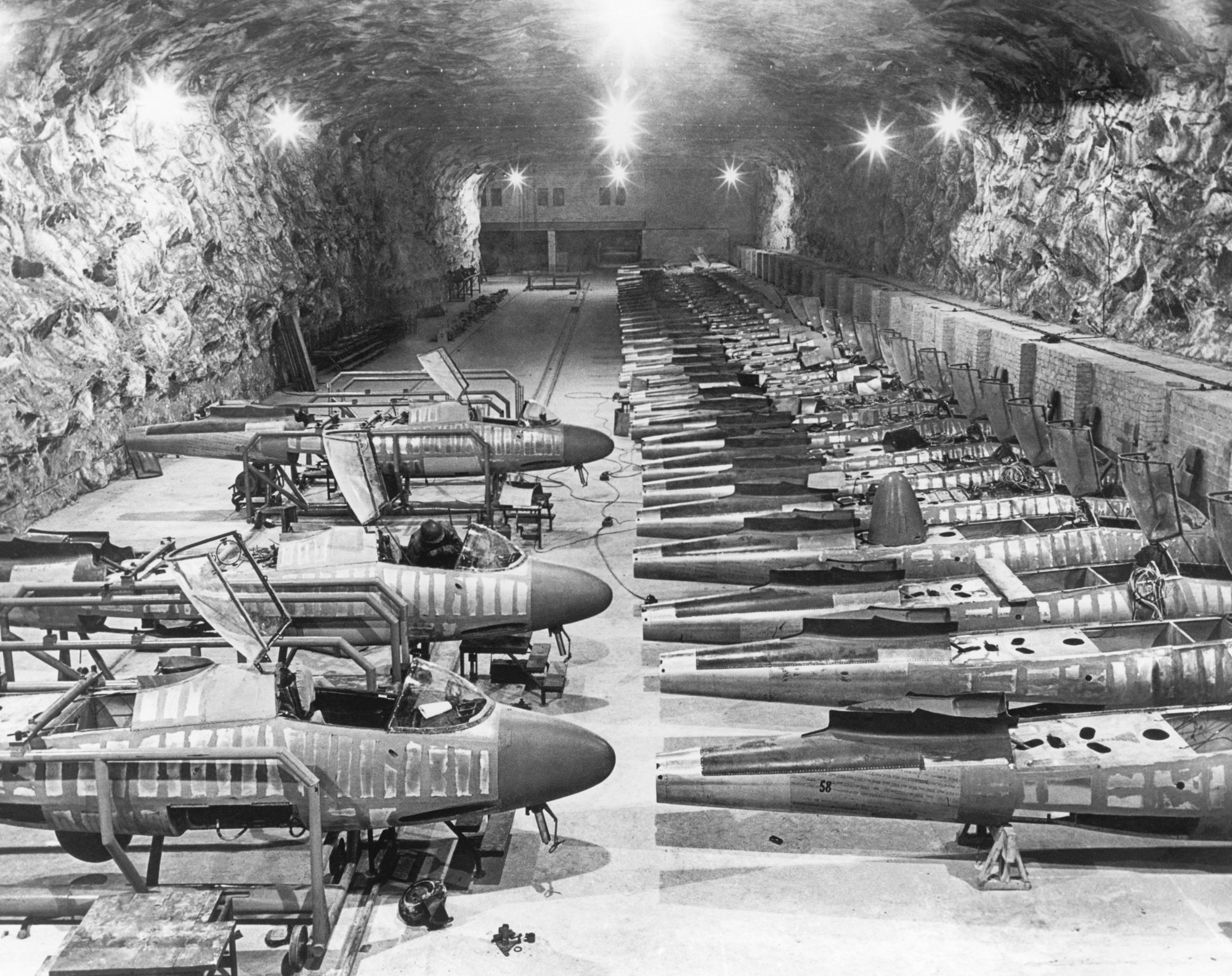
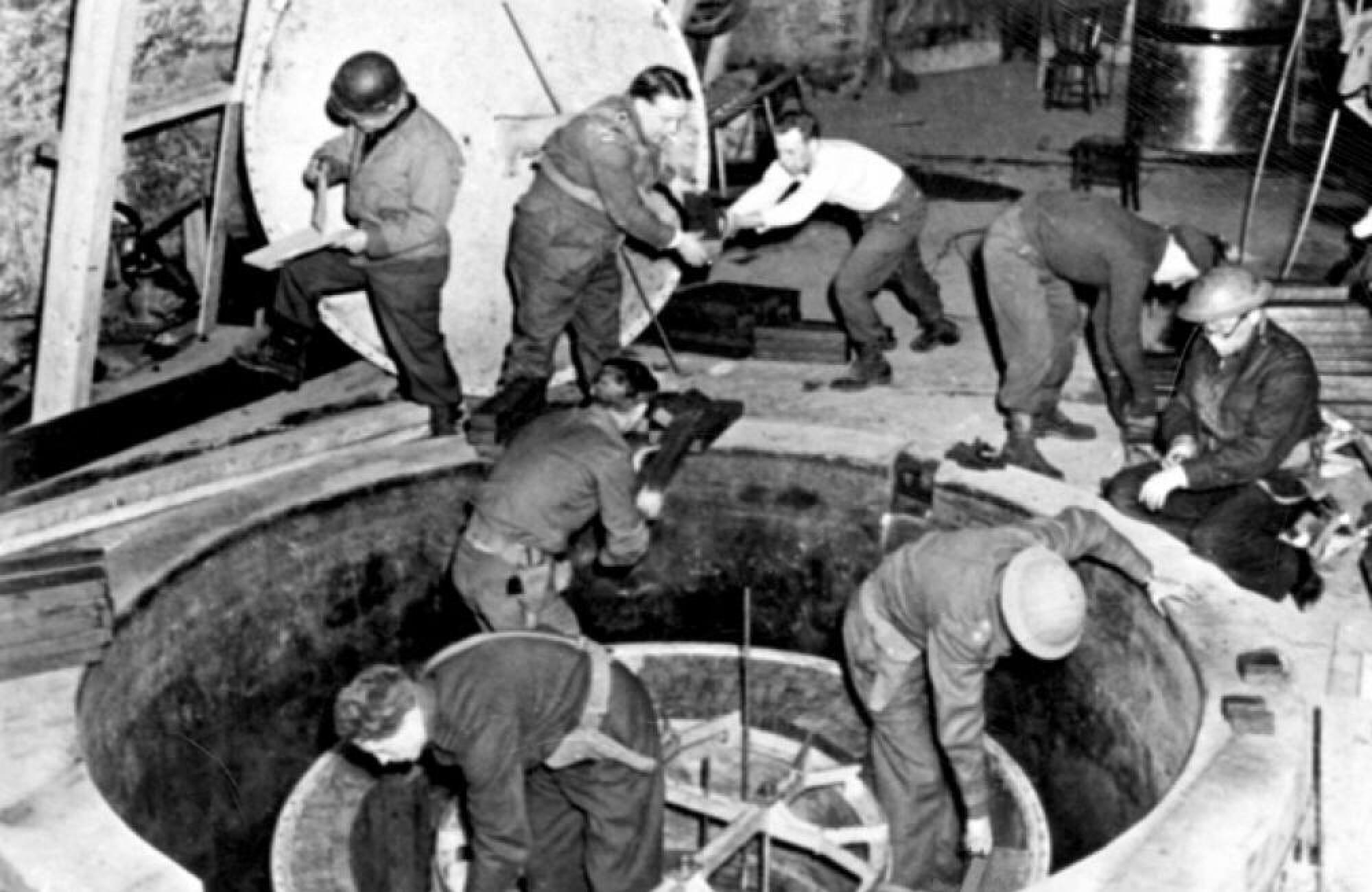
In turn, the Nazi atomic weapons effort couldn’t keep pace with Oppenheimer, who soon crisscrossed the U.S. by train, convincing the best physicists to join his burgeoning, deep-pocketed lab. And, crucially, Oppenheimer’s lab wasn’t working alone. In Oak Ridge, Tennessee, a whopping 50,000 people worked to create the material, enriched uranium, needed for Los Alamos’ bomb, while thousands more created another fissile material, plutonium, in Hanford, Washington. Including the hundreds of thousands of construction workers who built these labs and boomtowns, “the Oak Ridge and Hanford sites alone hired more than a half-million employees,” the U.S. Department of Energy said.
“We had all the resources. We had the money. We had the land,” Chris Griffith, the founder of atomicarchive.com, an educational website dedicated to the science and history of the atomic age, told Mashable. “America turned so much of its resources into a giant factory.”
“Germany didn’t have the industrial capability to gamble,” he added.
“We had all the resources. We had the money. We had the land.”
What’s more, the Nazi bomb effort certainly wasn’t helped when one of their leading nuclear physicists (and eventual Nobel Prize winner), Walter Bothe, made a miscalculation. Bothe concluded that a crucial mineral used to moderate or control a nuclear chain reaction, graphite, would not work, which some say slowed the Germans’ progress. (U.S. Manhattan Project physicists, however, achieved a chain reaction using graphite in a Chicago basement in December 1942, setting the stage for the bomb’s development.)
Yet the historian Walker underscored it’s a myth that Bothe’s error significantly derailed the Nazi bomb project. After all, other German scientists suspected graphite could be used; the true problem was the war-taxed Nazi regime couldn’t churn out the crucial, high-quality material out in sufficient quantities amid a devastating war.
Oppenheimer built a spectacular atomic team
In the high New Mexican desert, it was no guarantee Los Alamos would so quickly, and successfully, test an actual bomb. Yet Oppenheimer, for all his theoretical fame (his visionary research on the existence of black holes, for example), thrived as a manager and recruiter of talent.
Top scientists, like Richard Feynman (who worked on the bomb’s design and would later win a Nobel Prize) and MIT physicist Kenneth Bainbridge (who directed the first demonstration of the atomic bomb, the “Trinity Test,” some 200 miles away from Los Alamos) wanted to be part of his project. University researchers traveled across the country, following Oppenheimer to the hastily-assembled boomtown, largely composed of dirt roads and cabins in the middle of nowhere, to devise an unprecedented weapon amid global war.
“You can’t underestimate the magnetism of his personality,” marveled Griffith. “He had a fantastic collection of scientists around him.”
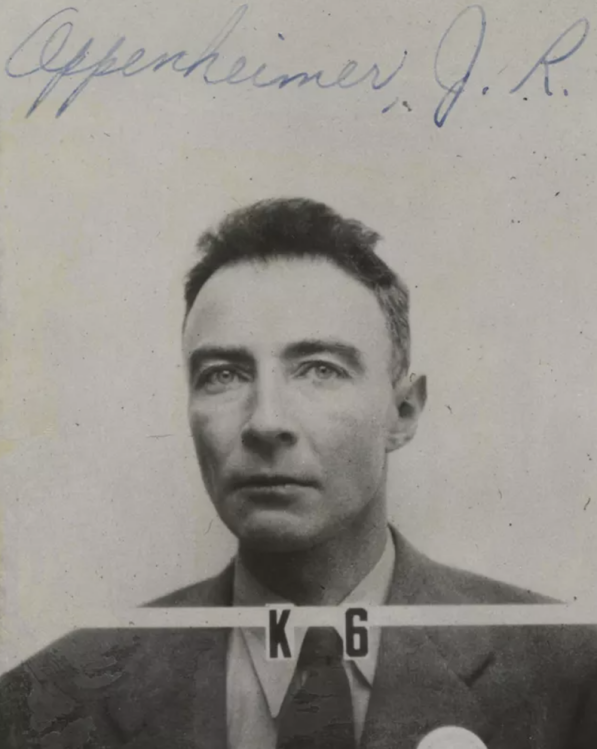
Oppenheimer realized these researchers needed a place to brainstorm, to tease out complicated schemes, to scrutinize some of the tiniest objects in the cosmos. “This thing will never get on the rails unless there is a place where people can talk to each other and work together on the problems of the bomb,” Oppenhiemer recalled telling General Leslie Groves, the Army officer in charge of the greater nationwide Manhattan Project of which Los Alamos was a defining part, before the isolated lab was built. “… it could be some California desert, but someplace, there has got to be a place where people are free to discuss what they know and what they do not know and to find out what they can.”
“You can’t underestimate the magnetism of his personality.”
Hundreds of scientists and engineers ultimately traveled to the secretive desert lab. As Hans Bethe, the nuclear physicist who Oppenheimer picked to head the lab’s Theoretical Division, said: “He brought out the best in us.”
The Nazi’s purge, Oppenheimer’s gain
The Nazis vowed to persecute Jews.
Within weeks of assuming power and creating a totalitarian police state in 1933, the regime promptly began eliminating Jews from government positions, which included many scholars and academics. For example, at the Kaiser Wilhelm Society for the Advancement of Science, a premier German research institute, the Nazis dismissed over 100 Jewish scientists.
But the Nazi’s loss was Oppenheimer’s gain.
Many Jewish physicists fled the authoritarian regime in the early 1930s — including some who saw the writing on the wall and left before Hitler’s takeover. (Einstein, though not part of the Manhattan Project, left Germany in 1932, after which he was vilified by the Nazi state.) “[Hitler] limited himself by creating the purge before the Manhattan Project got started,” the Atomic Archives’ Griffith said.
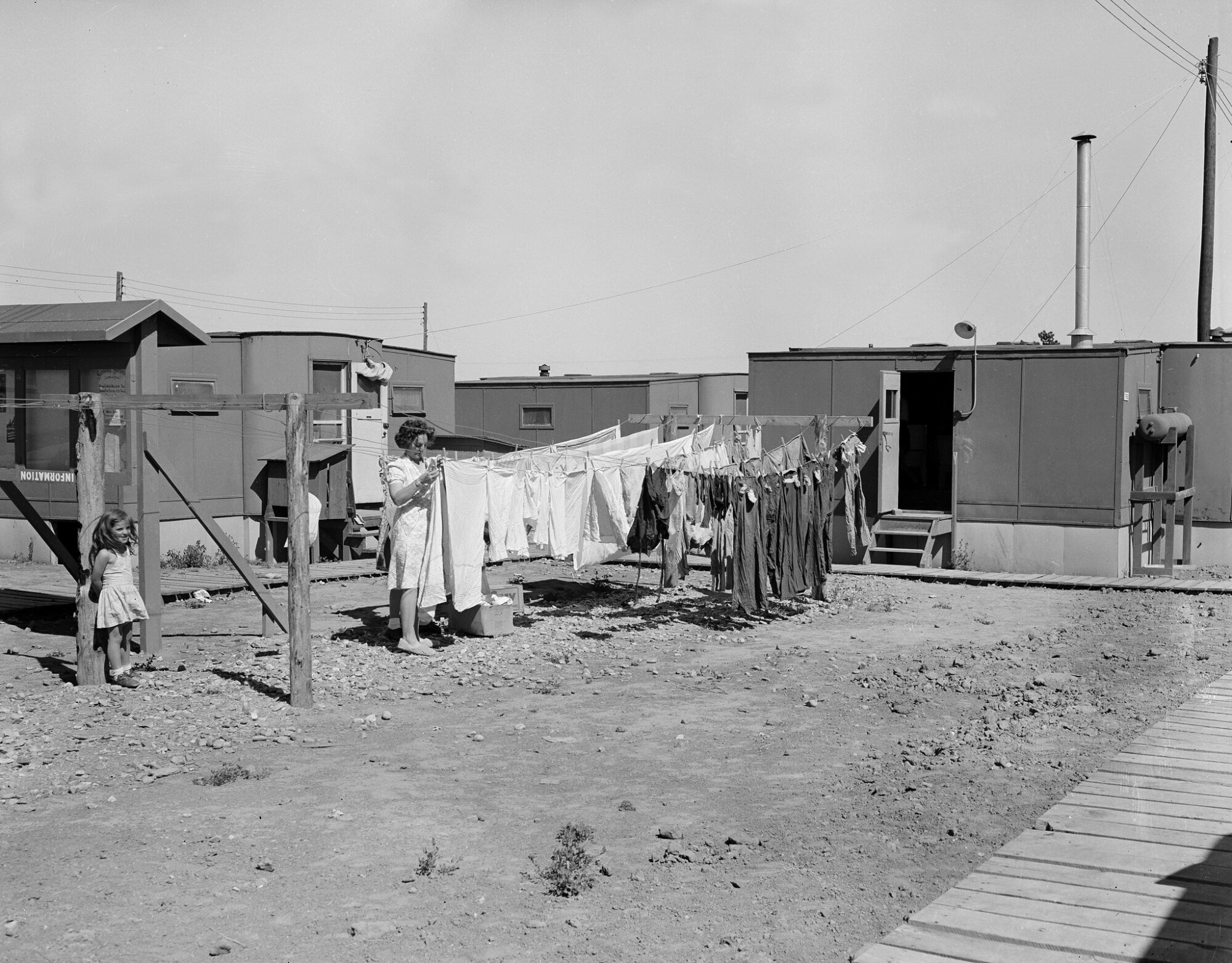
The Nazis lost substantial brainpower, but still had capable German scientists available to fill roles of the departed physicists on their limited atomic research, Walker explained. Yet the influx of bright minds into Los Alamos only enhanced Oppenheimer’s ability to deliver an unprecedented bomb that was successful on its inaugural test.
“It’s not that the purge of Jewish scientists hindered the German effort, but this emigration massively supported the American effort,” Walker said.
To name just a few:
Hans Bethe
A professor at Germany’s University of Tübingen, the Nazis dismissed him in 1933. At Los Alamos, Bethe played a seminal role in making calculations about the fissile material needed for an atomic bomb’s chain reaction.
Edward Teller
A professor of physics at the University of Göttingen, Teller fled the Nazi regime in 1933 (with aid from the International Rescue Committee). One of the first scientists at Los Alamos, Teller made a number of valuable contributions to the atomic bomb’s development, though he grew distracted with research into an even stronger weapon: the “Super,” or hydrogen bomb.
Leo Szilard
A scientist at the University of Berlin who filed 29 patents, Szilard fled Germany in the spring of 1933. Szilard was quite aware of the possibilities of nuclear fission: “These might lead to large-scale production of energy and radioactive elements, unfortunately also perhaps to atomic bombs,” he wrote. The physicist played a leading role in producing the world’s first atomic chain reaction at the also-secretive research reactor in Chicago, though he didn’t join Oppenheimer at Los Alamos.
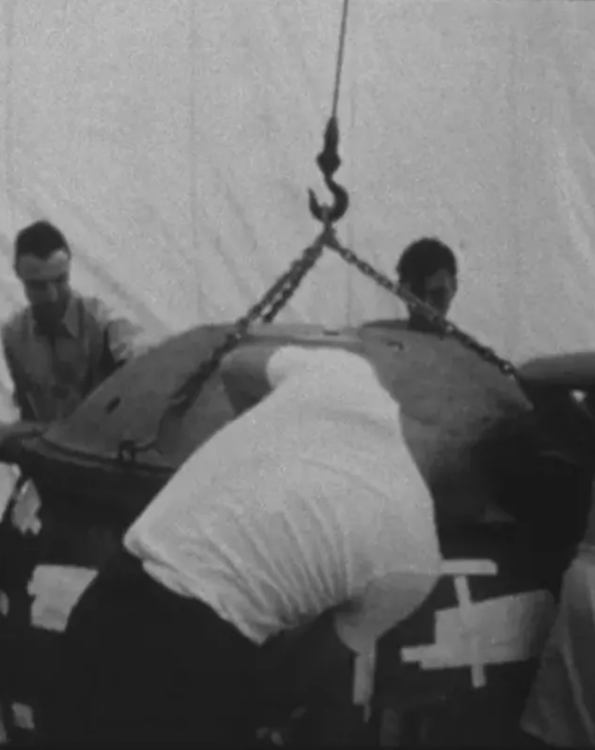
There is also popularized speculation that the Nazis weren’t just outcompeted by wartime resources and the purge of brilliant atomic minds. Some authors and historians have suggested that Heisenberg, the top scientist working on the Nazi atomic weapons program, deliberately stalled the research progress – and ultimately deprived Hitler of the bomb. Could the great Heisenberg – a 1932 Nobel Prize winner and master theoretical physicist – have quietly sabotaged the Nazi atomic effort? And when meeting with his physicist mentor Niels Bohr in 1941, might Heisenberg have also urged Allied scientists to stop work on such a terrible weapon?
We’ll likely never know. There’s no hard evidence. But the story makes for a great legend, Walker said.
Want more science and tech news delivered straight to your inbox? Sign up for Mashable’s Light Speed newsletter today.
Some two and a half years after scientists began gathering at Los Alamos, the U.S. Army detonated the first atomic bomb on remote desert plains on July 16, 1945. “An individual 150 miles north said the explosion ‘lighted up the sky like the sun,'” the Air Force noted.
“We knew the world would not be the same,” Oppenheimer recounted.
The following month, the U.S. dropped two bombs over Hiroshima and Nagasaki in Japan. Such a deadly outcome, deemed necessary at the time, would haunt Oppenheimer. “The ending of the war by this means, certainly cruel, was not undertaken lightly,” Oppenheimer said, years later. “But I am not, as of today, confident that a better course was then open.”
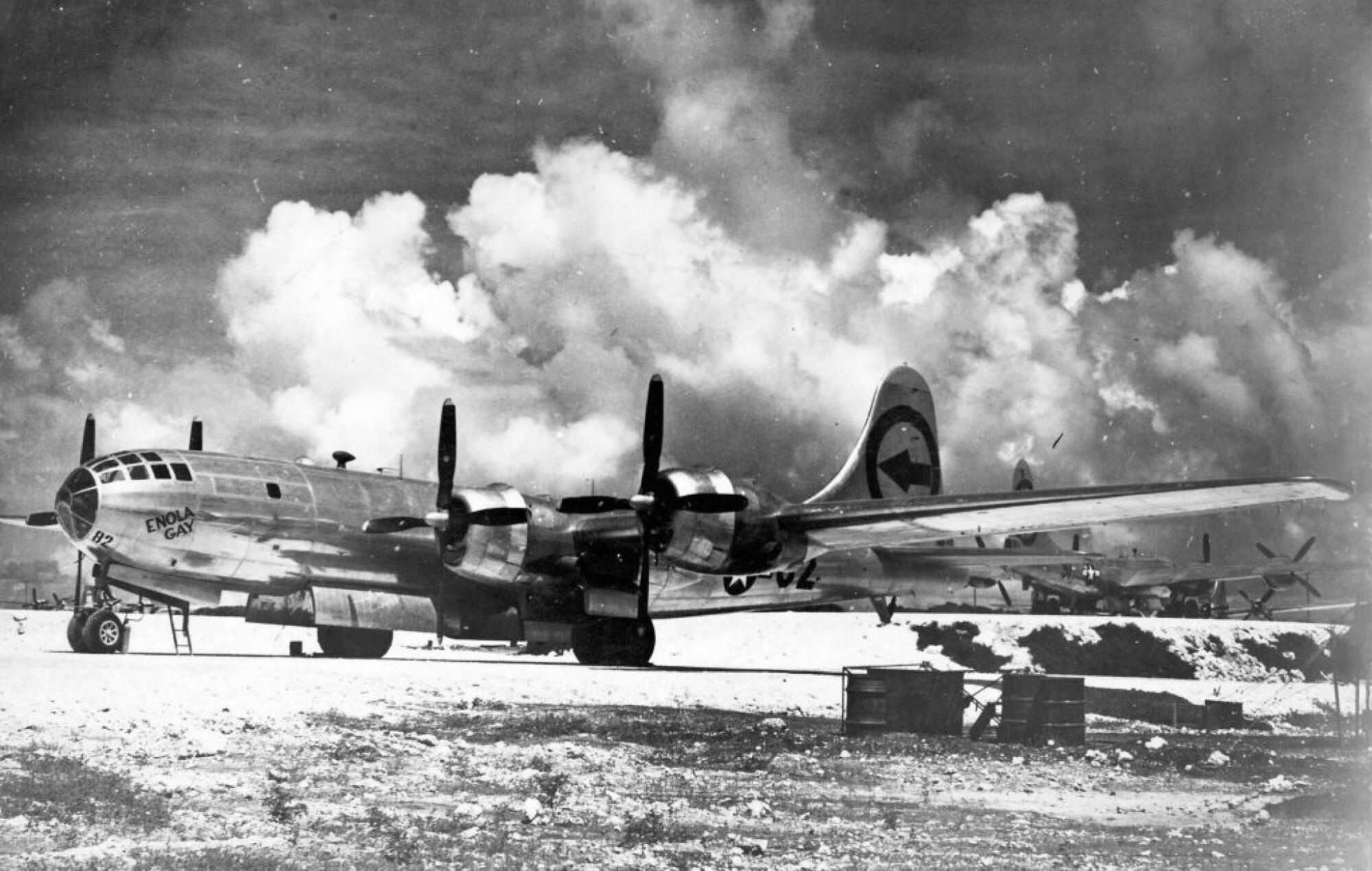
Christopher Nolan’s prominent new film, Oppenheimer, with Cillian Murphy playing the eponymous scientist, shines a light on the man who led the fateful project — and vastly outcompeted his Nazi rivals. It also provokes thinking about an uncomfortable reality, a consequence of building the bomb: the weapons have proliferated. There are 12,512 known nuclear warheads in the world today.
“You’re talking about the potential end of the world.”
“The weapons are so daunting, so off-putting that people don’t like to think about them,” John Mecklin, the editor-in-chief of the Bulletin of the Atomic Scientists, told Mashable. “You’re talking about the potential end of the world.”
